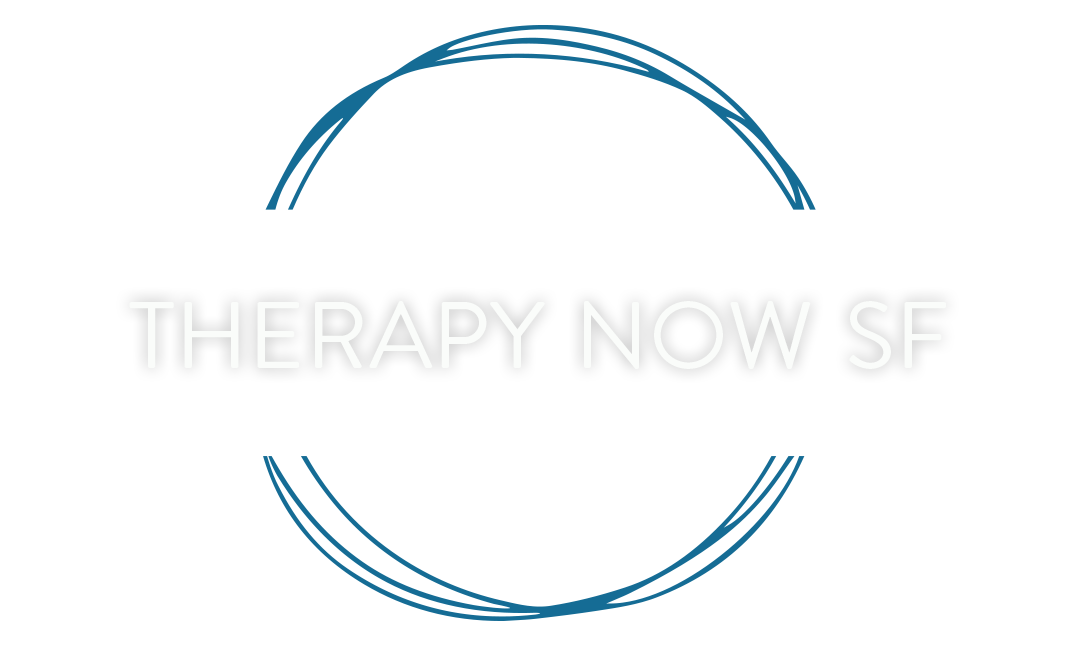Noticing Triggers: The First Step to Behavioral Change in CBT
Cognitive Behavioral Therapy (CBT) is a popular psychological treatment that assists people in addressing mental health issues by identifying and modifying negative thought patterns and unhelpful behaviors. Understanding the triggers that contribute to these behaviors is one of the key components of CBT. In this blog post, we will go over the value of recognizing triggers and offer techniques for identifying and dealing with them.
What causes a trigger?
Triggers are stimuli, internal or external, which elicit an emotional or behavioral response, frequently resulting in unhelpful behaviors. Specific situations, people, or events, as well as thoughts, feelings, or memories, can all act as triggers. Take a person with social anxiety, for instance. He or she may experience symptoms when attending big gatherings or giving a speech in front of an audience. By identifying these triggers, we can better understand our behavior patterns and then learn to respond in more helpful ways.
How to Identify Triggers
Self-observation: One of the best methods to spot triggers is to pay close attention to your thoughts, feelings, and actions in different situations. Pay attention to your emotional reactions and unhelpful behaviors, noting what might have contributed to them. This self-awareness can help you pinpoint triggers and patterns.
Reflective Journaling: Journaling is a great technique for self-discovery and emotional processing. You can learn a lot about your triggers by writing about your experiences, feelings, and behaviors. Make time each day to reflect on your thoughts and feelings, as well as any situations that could have led to negative emotions or behaviors. Look for patterns and common themes. Note potential triggers.
Mindfulness: When you are fully present in the moment, cultivating non-judgmental awareness of your thoughts, emotions, and physical sensations, you are said to be practicing Mindfulness. By being still, you become more aware of your internal experiences. This makes it easier to spot your triggers when they occur. Regular mindfulness practice, such as meditation, deep breathing, or body scans, can improve self-awareness and allow you to identify your triggers.
Working with a CBT Therapist
While it is possible to identify triggers on your own, working with a skilled CBT therapist can be very helpful. A therapist can aid you in exploring your triggers more deeply, detecting trends, and ultimately in developing strategies for managing them.
Understanding your triggers is the crucial first step in changing negative thought patterns and unhelpful behaviors. By noticing the situations, thoughts, and emotions contributing to unhelpful behaviors, you can develop strategies to manage your responses. With self-awareness, practice, and the support of a CBT therapist, you can learn to navigate the challenges presented by your triggers and work towards more helpful ways to respond to life's challenges.
